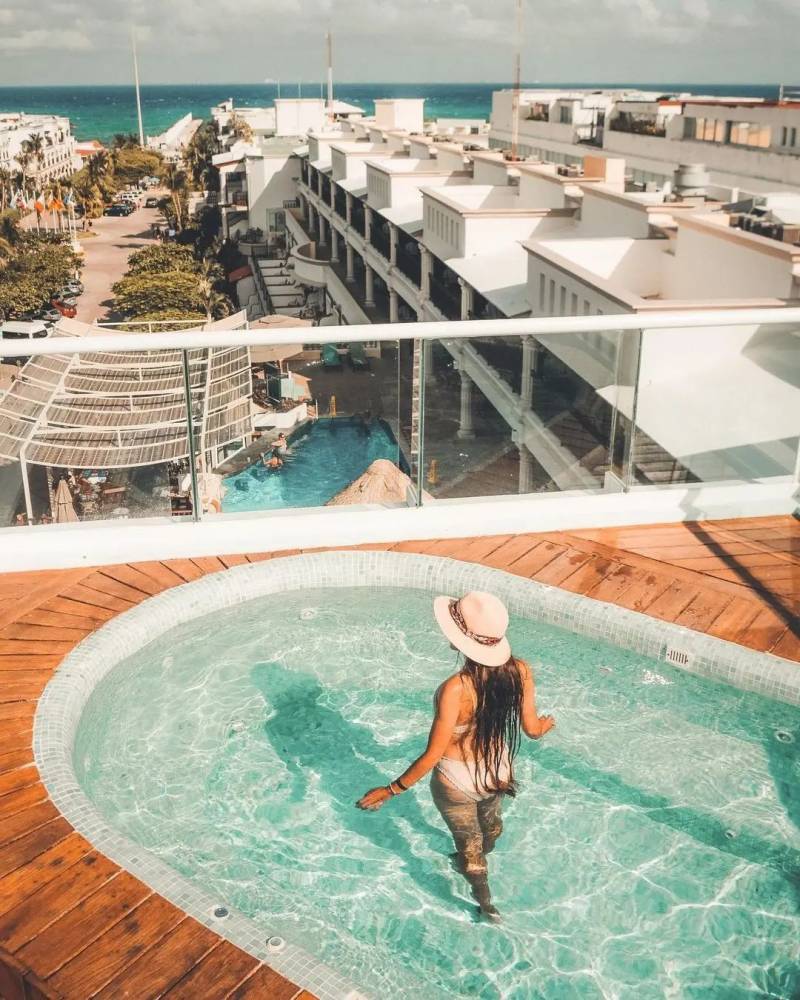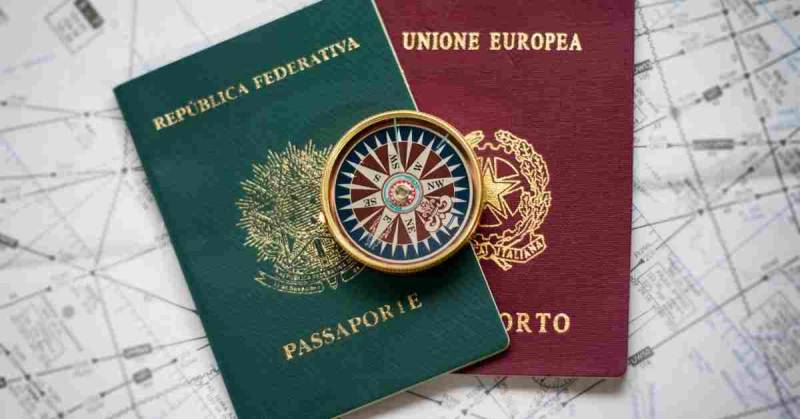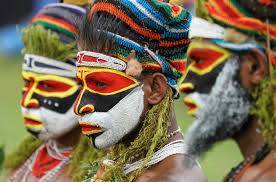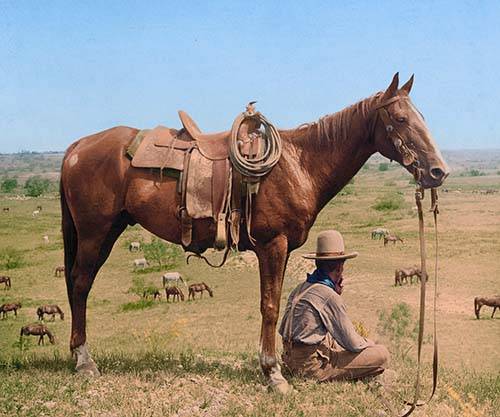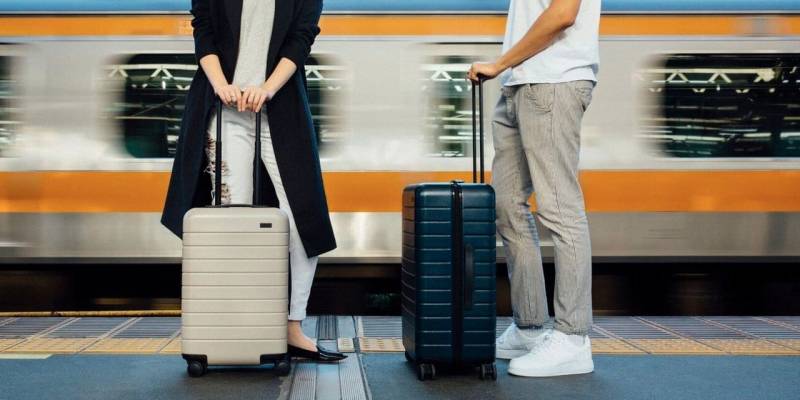The latest in a series of high-end publications examining the risks and opportunities in the luxury market.
Mexico has a population of approximately 130 million people, with nearly 22 million living in Mexico City, making it one of the world's most densely inhabited cities. It's a country full with sharp contrasts. On the one hand, the Covid-19 pandemic has killed about 300,000 people, yet the government's immunization campaign has remained stable. Productivity, exports, and manufacturing are all above pre-pandemic levels, and unemployment is only about 4%, according to reports, yet poverty remains a major concern in Mexico.
According to Euromonitor, Mexico surpassed Brazil as Latin America's largest luxury goods market in 2012. In 2012, the country's overall GDP was $1.2 trillion, Mexico is the world’s fifth-largest emerging economy behind the BRIC countries (Brazil, Russia, India and China) and the second-largest in Latin America.
According to Euromonitor, sales of designer apparel and footwear increased 4.7 percent to $685 million in the region's second-largest economy, while sales of luxury accessories up 3.5 percent to $294.3 million. Brazil's luxury goods sector was worth $7 billion in 2012, while Mexico's was worth $1.5 billion, having grown by more than 15% in just one year.
"In Mexico's luxury goods business, there is an increasing economic optimism that will be difficult to derail," says Fflur Roberts, Global Luxury Manager at Euromonitor International. "Compared to five years ago, luxury goods players are looking at Mexico from a completely different perspective, with numerous brands opening new stores in the last year."
The High-End Market
The economic and political conditions fueled dynamic rise in the selling of luxury items stability brought about during the presidential elections of 2012, combined with the increase of new luxury brands entering Mexico and investing in opening their own stores. This, together with positive levels of consumer confidence, boosted sales of luxury goods.
Luxury brands began opening their own storefronts in high-end shopping malls in exclusive neighborhoods in 2013, marking a significant shift from retailing their items at high-end Mexican department stores. According to Euromonitor, luxury companies began to open outlets in other parts of the country, allowing them to expand their geographic reach and hence their sales.
The country's ongoing bloodshed has produced a luxury market dedicated to defence, with body armour becoming the new fashion trend among the country's wealthy. Stylish jackets are being outfitted with vests that stop bullets from AK-47s, and luxury cars are being equipped with shatterproof windows, according to companies who make this technology.
According to Jose Eduardo Llanos, the Mexican Automotive Bulletproofing Association's head, demand in the private sector is growing. Estimates he provided show that in 2012 Mexicans purchased close to 2,500 bulletproof cars. “Usually they’re luxury cars and 80 percent are SUVs,” he continued. The cost of bullet-proofing a car is estimated between US$30,000 and US$60,000.
country's capital, has always been the largest market for Mexican armouring companies. "Unfortunately, I believe the market will continue to expand," Llanos remarked. "We believe the market will expand in order to deliver fresh answers to a larger number of individuals."
The Future
According to Euromonitor, luxury goods in the Mexican market still have a lot of room for growth in terms of consumption. "Customers are becoming more aware of the benefits that luxury products can provide them in terms of quality, performance, and prestige, and their desire for these types of goods is anticipated to increase throughout the projected period."
"In addition, the predicted rise in product availability as more luxury companies enter the market, is also likely to support the positive performance of this market. Consumers will be faced with a wider range of options, which might encourage them to increase their spending per product and increase the frequency of purchase.”
When it comes to luxury items, Mexican buyers will become more selective in the future. Consumers became more conscious of how their purchase decisions could have a good or negative impact on social and environmental issues in 2013, according to Euromonitor, as they began to ask more questions regarding the procedures and activities involved in product manufacturing.
